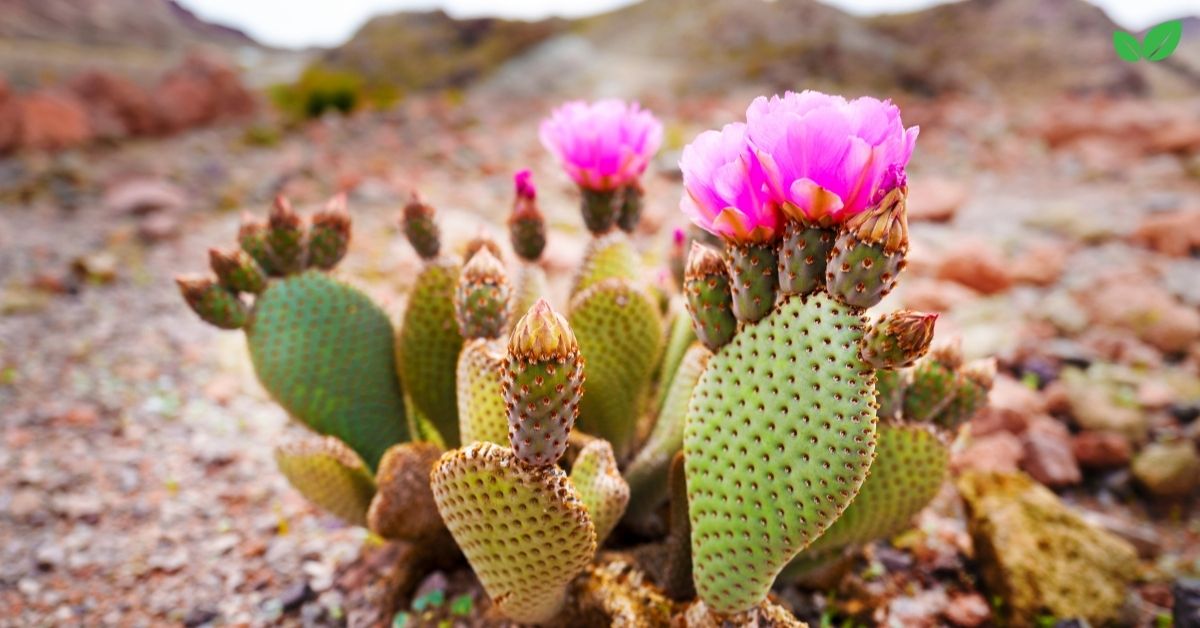The eastern prickly pear cactus (Opuntia humifusa) is a hardy, low-growing cactus species native to the eastern United States, thriving in regions far removed from the iconic deserts of the American Southwest. Found in a range of environments, from sandy coastal areas to rocky outcrops and dry woodlands, the eastern prickly pear cactus represents a fascinating example of adaptability and resilience in plant life. This species is uniquely suited to survive in nutrient-poor soils and extreme conditions, making it an essential part of the ecosystems it inhabits.
In this article, we will explore the environmental niche of the eastern prickly pear cactus, examining its distribution, adaptations, ecological interactions, and its role in supporting biodiversity. Additionally, we will discuss the cultural and practical uses of this cactus, as well as the conservation challenges it faces in the modern landscape.
1. Introduction to the Eastern Prickly Pear Cactus
The eastern prickly pear cactus is a member of the Opuntia genus, a group of cacti recognized for their segmented stems, spines, and ability to thrive in arid and semi-arid environments. Despite being commonly associated with desert regions, Opuntia humifusa is uniquely adapted to the diverse climates of eastern North America. This cactus is distinguished by its flattened, paddle-like stems (known as cladodes), bright yellow flowers, and small, edible fruits.
The environmental niche of the eastern prickly pear cactus is defined by its ability to survive in sandy or rocky soils, tolerate periods of drought, and thrive in open, sunny areas. Its presence supports a variety of wildlife and contributes to soil stabilization, making it an important species for both natural ecosystems and managed landscapes.
2. Natural Habitat and Distribution
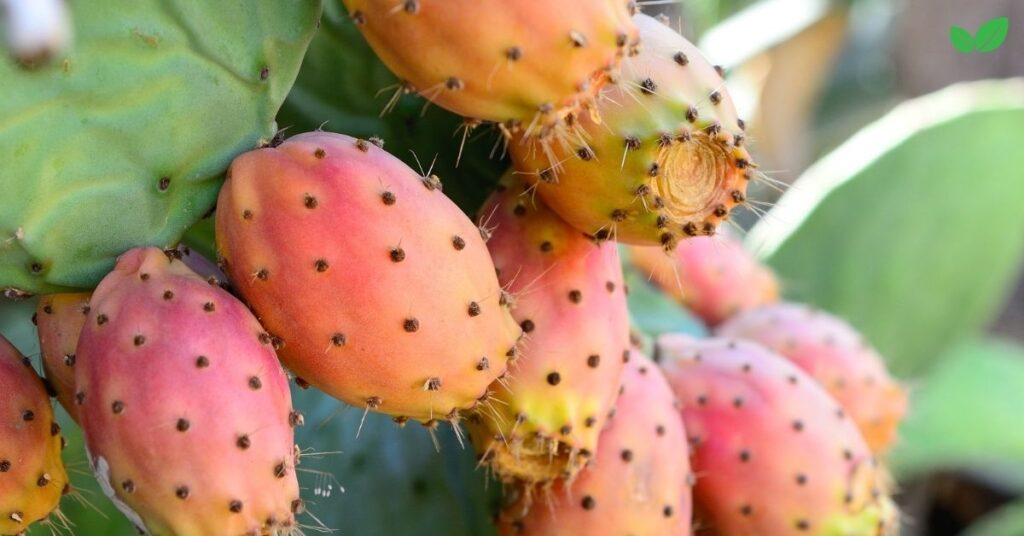
2.1 Geographic Range
The eastern prickly pear cactus is native to the eastern United States, ranging from New Mexico and Texas in the west to Florida in the southeast and as far north as parts of Canada. It is particularly abundant in the Great Plains, the Midwest, and along the Atlantic coast. This wide distribution reflects the cactus’s remarkable ability to adapt to diverse environmental conditions, including the sandy soils of coastal dunes, rocky outcrops, and even urban landscapes.
2.2 Preferred Habitat
The eastern prickly pear cactus thrives in well-drained soils, typically found in:
- Sandy Soils: Coastal dunes, sandy plains, and inland sandhills provide ideal conditions for the cactus, as they allow water to drain quickly and prevent root rot.
- Rocky Outcrops: The cactus often grows in crevices or on rocky slopes where soil is thin and competition with other plants is minimal.
- Dry Woodlands and Grasslands: While it prefers open sunlight, the eastern prickly pear can also survive in partially shaded areas, such as the edges of woodlands.
This cactus is often found in nutrient-poor soils, where its ability to efficiently store water and nutrients in its stems gives it a competitive advantage over other plants.
3. Physical and Physiological Adaptations
The eastern prickly pear cactus has evolved a range of adaptations that allow it to survive in harsh environments, from its water-storage capabilities to its protective spines.
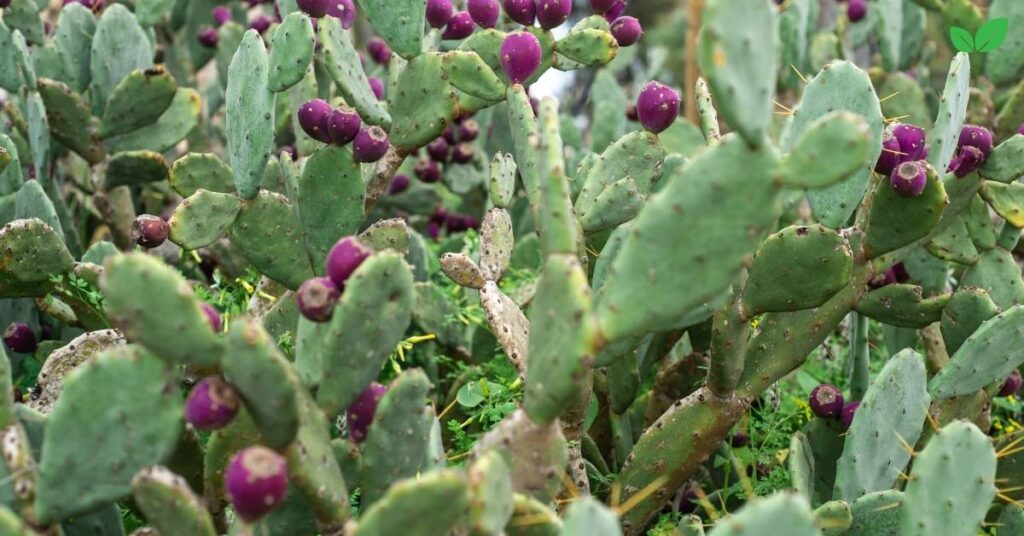
3.1 Water Storage and Drought Tolerance
Like other cacti, the eastern prickly pear stores water in its fleshy stems, allowing it to endure prolonged periods without rainfall. Its thick, waxy cuticle reduces water loss by minimizing evaporation, while its shallow but wide-ranging root system efficiently absorbs water from even light rains.
3.2 Photosynthesis and Metabolism
The eastern prickly pear cactus uses a specialized form of photosynthesis called CAM (Crassulacean Acid Metabolism), which allows it to open its stomata at night to reduce water loss. This adaptation is particularly important in the arid or semi-arid environments the cactus inhabits.
3.3 Protective Structures
The cactus is covered in sharp spines that deter herbivores from feeding on its stems. In addition to these larger spines, the cactus has clusters of tiny, barbed hairs called glochids, which can irritate the skin and provide an additional layer of protection. These defenses reduce grazing pressure and help the plant conserve its stored resources.
3.4 Temperature Tolerance
The eastern prickly pear cactus is uniquely adapted to survive colder temperatures compared to its southwestern relatives. During winter, the cactus enters a dormant state, reducing water content in its cells to avoid freezing. This allows it to withstand subzero temperatures, which is a key factor in its northern distribution.
4. Reproduction and Life Cycle
The eastern prickly pear cactus reproduces both sexually through seeds and asexually through vegetative propagation.
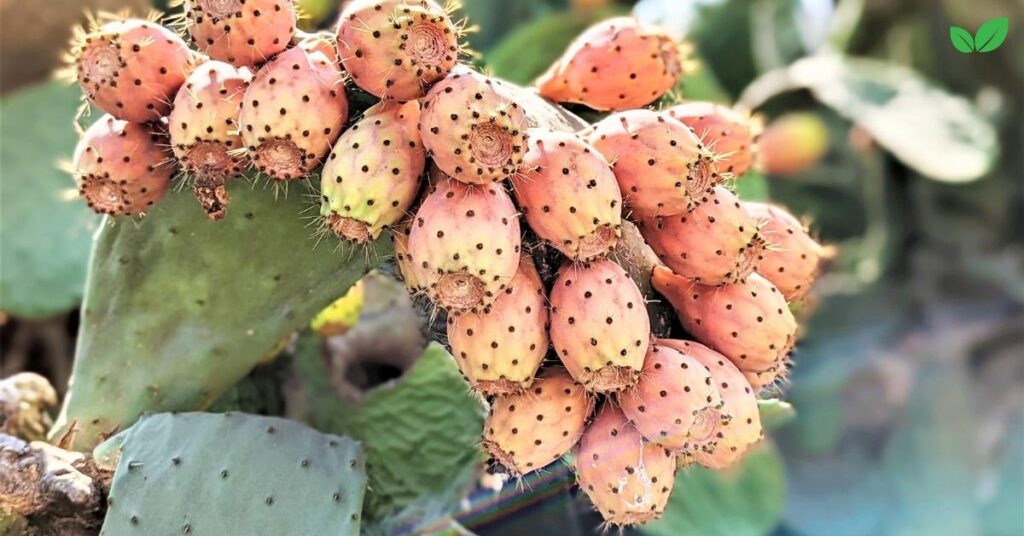
4.1 Flowering and Pollination
In late spring to early summer, the cactus produces vibrant yellow flowers, often with reddish centers. These flowers are highly attractive to pollinators, including bees, butterflies, and beetles. The blooms are open for only a few days, but during this time, they serve as an important nectar source for pollinating insects.
4.2 Fruit and Seed Dispersal
After pollination, the flowers develop into small, pear-shaped fruits that turn red or purple when ripe. These fruits contain numerous seeds and are eaten by birds and mammals, which help disperse the seeds across the landscape. The seeds have a tough outer coating that protects them as they pass through the digestive systems of animals.
4.3 Vegetative Propagation
The cactus can also reproduce asexually through stem segments (cladodes) that break off and take root in the soil. This method of propagation allows the cactus to spread rapidly and colonize new areas, especially in disturbed environments where competition is low.
5. Ecological Role and Interactions
The eastern prickly pear cactus plays a vital role in the ecosystems it inhabits, supporting wildlife, stabilizing soil, and contributing to nutrient cycles.
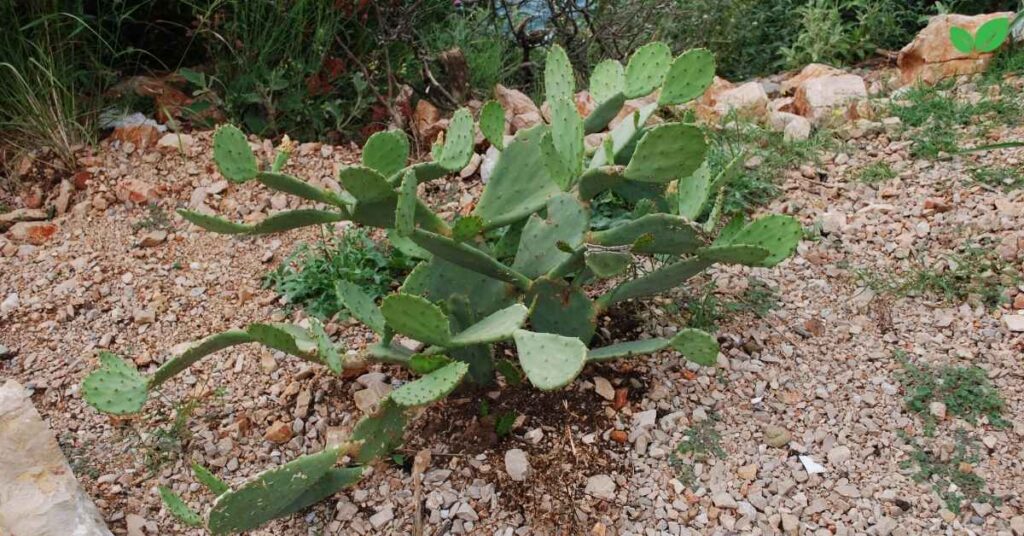
5.1 Wildlife Habitat and Food Source
- Birds and Mammals: The cactus’s fruits are an important food source for birds like mockingbirds and cardinals, as well as mammals such as raccoons, squirrels, and deer. These animals aid in seed dispersal, helping the cactus expand its range.
- Insects: Pollinators, including native bees, butterflies, and beetles, rely on the cactus’s flowers for nectar and pollen. The plant also provides shelter for insects like ants, which may nest at its base.
- Reptiles and Amphibians: The dense clusters of spiny stems offer shelter for small animals such as lizards and snakes, providing protection from predators.
5.2 Soil Stabilization and Erosion Control
The cactus’s root system helps anchor soil in sandy or rocky areas, reducing erosion and promoting soil stability. This is particularly important in coastal dune systems and arid grasslands, where wind and water erosion can degrade the landscape.
5.3 Role in Ecosystem Dynamics
By providing food, shelter, and soil stabilization, the eastern prickly pear cactus supports a diverse range of species and contributes to the overall health and resilience of its ecosystem. Its ability to thrive in disturbed areas also makes it an important pioneer species that helps restore degraded habitats.
6. Cultural and Practical Uses
The eastern prickly pear cactus has a long history of use by indigenous peoples and continues to have cultural and economic significance today.
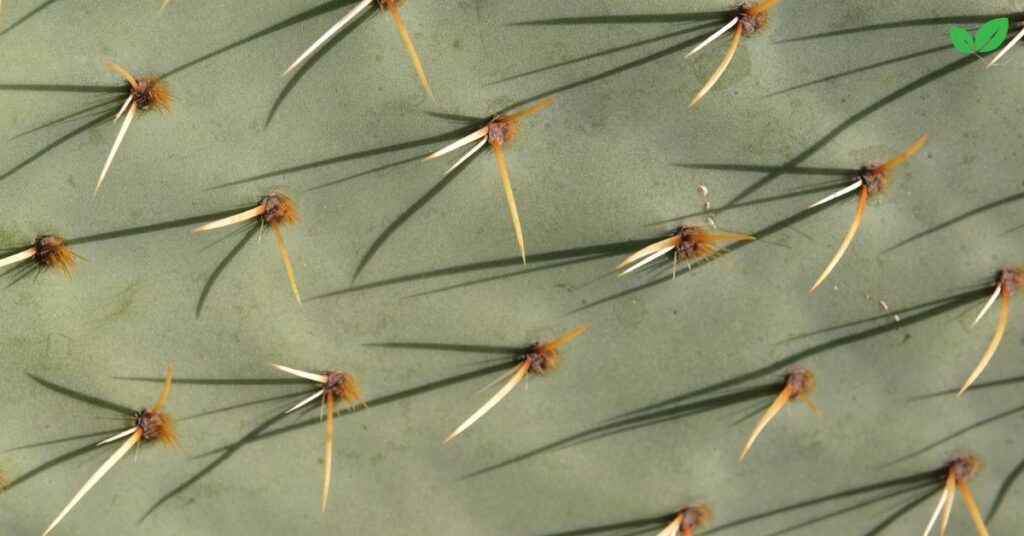
6.1 Indigenous Uses
Native American tribes used the eastern prickly pear for a variety of purposes, including:
- Food: The fruits (also called tunas) and young cladodes were eaten raw, cooked, or dried. The seeds were sometimes ground into flour.
- Medicine: The cactus was used to treat wounds, burns, and digestive issues. Its mucilaginous sap has soothing and anti-inflammatory properties.
- Tools: The spines were used as needles or fishing hooks, and the cladodes were used as poultices for injuries.
6.2 Modern Uses
Today, the eastern prickly pear is grown as an ornamental plant in xeriscaping (low-water landscaping) and is valued for its drought tolerance and striking appearance. Its fruits are also harvested for use in jellies, syrups, and beverages, while the pads are sometimes used as a food ingredient, similar to nopales in Mexican cuisine.
7. Conservation and Threats
While the eastern prickly pear cactus is not considered endangered, it faces threats from habitat loss, invasive species, and climate change.
7.1 Habitat Loss and Fragmentation
Urban development, agriculture, and land-use changes have reduced the availability of suitable habitats for the cactus. Coastal development, in particular, has impacted populations in dune ecosystems.
7.2 Competition with Invasive Species
Invasive plants like kudzu and cheatgrass can outcompete the cactus for space and resources, especially in areas where natural ecosystems have been disrupted.
7.3 Climate Change
Shifts in temperature and precipitation patterns due to climate change may affect the distribution and survival of the eastern prickly pear cactus. While it is highly adaptable, extreme changes in its environment could threaten its populations.
7.4 Overharvesting and Illegal Collection
In some areas, overharvesting for ornamental or culinary use has put pressure on wild populations. Education and regulation are needed to ensure sustainable use.
8. Conservation Efforts and Management
Efforts to conserve the eastern prickly pear cactus focus on habitat protection, sustainable use, and public education.
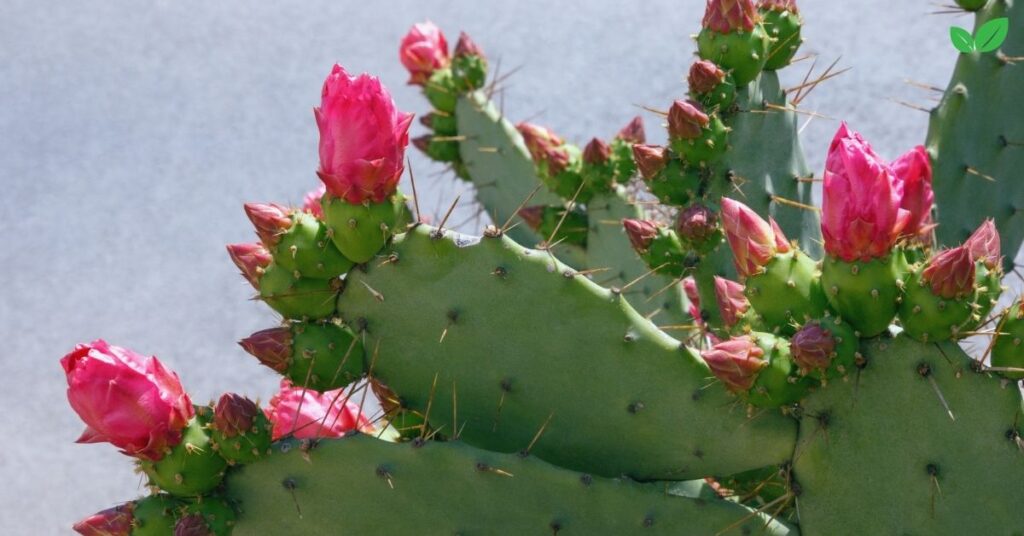
8.1 Habitat Restoration
Restoring degraded habitats, such as sand dunes and grasslands, can help support healthy populations of the cactus and the species that depend on it.
8.2 Promoting Native Landscaping
Encouraging the use of native plants like the eastern prickly pear in landscaping can reduce the demand for wild plants and support local ecosystems.
8.3 Public Education and Awareness
Educating the public about the ecological importance of the eastern prickly pear cactus and the threats it faces can foster appreciation and support for conservation efforts.
9. Conclusion: The Resilience and Importance of the Eastern Prickly Pear Cactus
The eastern prickly pear cactus (Opuntia humifusa) is a remarkable plant that thrives in challenging environments, providing critical support for wildlife, stabilizing soil, and contributing to ecosystem health. Its resilience and adaptability make it a vital part of the landscapes it inhabits, from coastal dunes to rocky grasslands. By understanding and protecting this unique cactus, we can help preserve its ecological role and ensure that it continues to thrive in its native habitats for generations to come.

